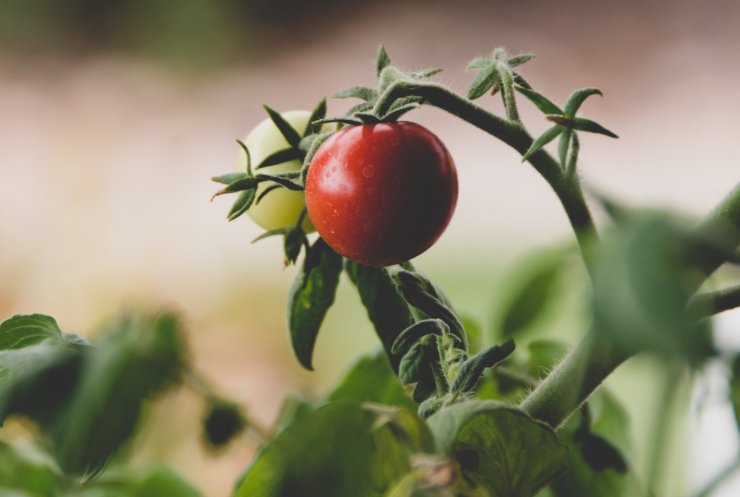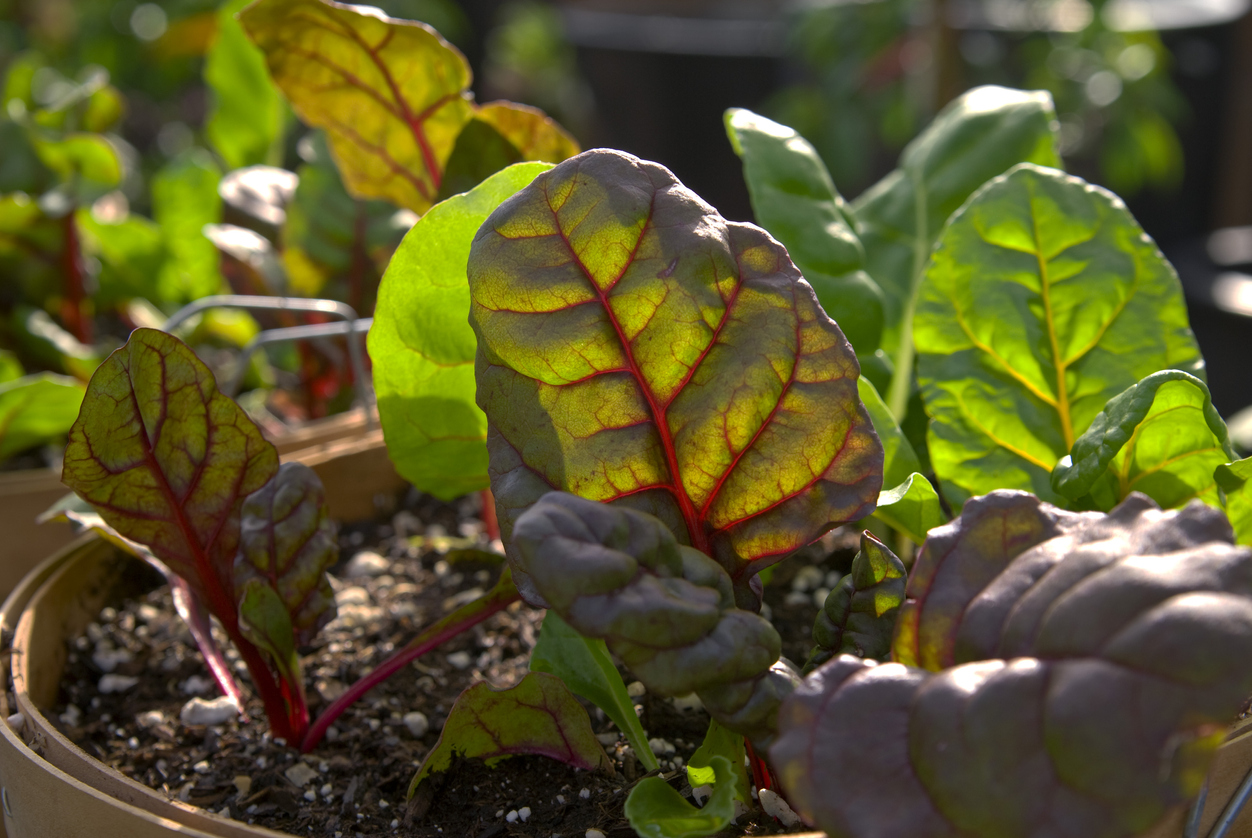
Of the many cool things about gardening, one of my favorites is how truly accessible it can be. You don’t have to have acres of land or even a big backyard to enjoy the benefits of fresh herbs, fruits, and vegetables from your own garden. In fact, you can grow a LOT of veggies. It’s just a matter of learning how to grow more food in less space.
While some of us here at Food Gardening Network live out where we have a little open land to grow on, others do their gardening on a balcony, on a little patch beside their homes, or in community gardens. But limited space doesn’t mean you’re limited in what you can grow. A small amount of creativity can go a long way in getting more from less.
Discover 7 top tips for growing, harvesting, and enjoying tomatoes from your home garden—when you access the FREE guide The Best Way to Grow Tomatoes, right now!

5 Ideas to help you grow more food in less space
Before I get into designs, one way you can maximize your garden space is through succession planting and interplanting. Succession planting is starting the season with early vegetables, like peas, then pulling them up when they are done and using that space for later vegetables like cucumbers.
Interplanting also maximizes space by grouping companionable plants together. For instance, radishes have relatively shallow roots, and they grow quickly, so you can plant them right beside carrots, which have deeper roots. Basil and tomatoes are also good examples of plants that grow well together.
Now then, what about design ideas that can help us grow more food in less space? Let’s start with containers.
1. Use larger pots. Fewer large containers can take up less space than more smaller ones. Plus, those deeper containers give you a chance to plant larger veggies. And you can usually do a little interplanting in them. Just be sure to put them on wheels if you think you will need to move them. A large pot full of soil gets pretty heavy.
2. Find some straw bales. It’s one of the more unusual garden design ideas, but gaining a lot of ground in some gardening circles. If you have some space that’s not suitable for planting but is otherwise available (such as a long driveway or large concrete patio), straw bales might be the solution to help you grow more food in less space. You can read more about straw bale gardening here.
3. Take advantage of window boxes. Shallow-rooted vegetables like lettuces, many herbs, radishes, and leafy greens will happily grow in window boxes or deck boxes. You can make your own DIY version or buy them at your favorite gardening store. The beauty of these is that they don’t take up a lot of space and double as decorations.
4. Use what you have. Climbing vegetables like beans, winter squash, eggplant, and others don’t always need much space on the ground. If you have a fence or trellis, use that pre-existing structure to train your vines and garden up.
5. Garden vertically. It’s not just vining plants that can grow up. Almost anything you can grow in a container can be part of a vertical garden. Vertical gardens are a popular way to grow more food in less space. From DIY pallet structures to indoor herb garden walls to using old ladders, growing up gives you a lot of planting area without the need for ground space.
Gardening isn’t reserved for people with lots of space. If you have the will to garden, all you really need is a container or two, some seeds, and some soil.
Do you have a small garden? How do you grow more food in a small space?
Discover 7 top tips for growing, harvesting, and enjoying tomatoes from your home garden—when you access the FREE guide The Best Way to Grow Tomatoes, right now!




